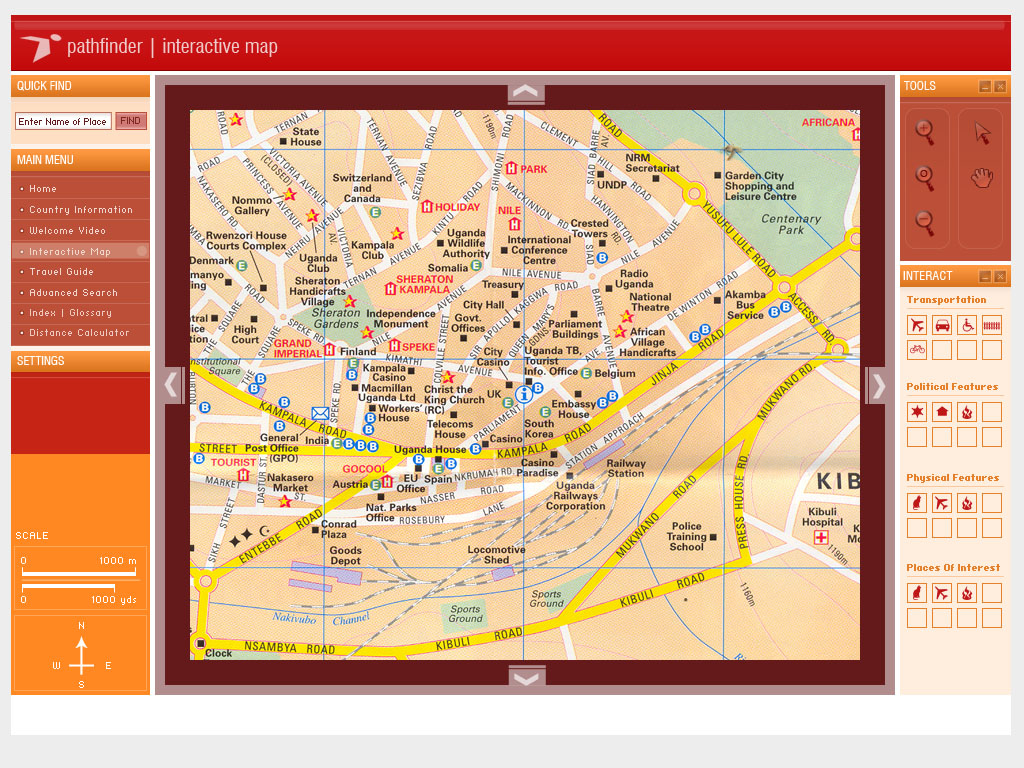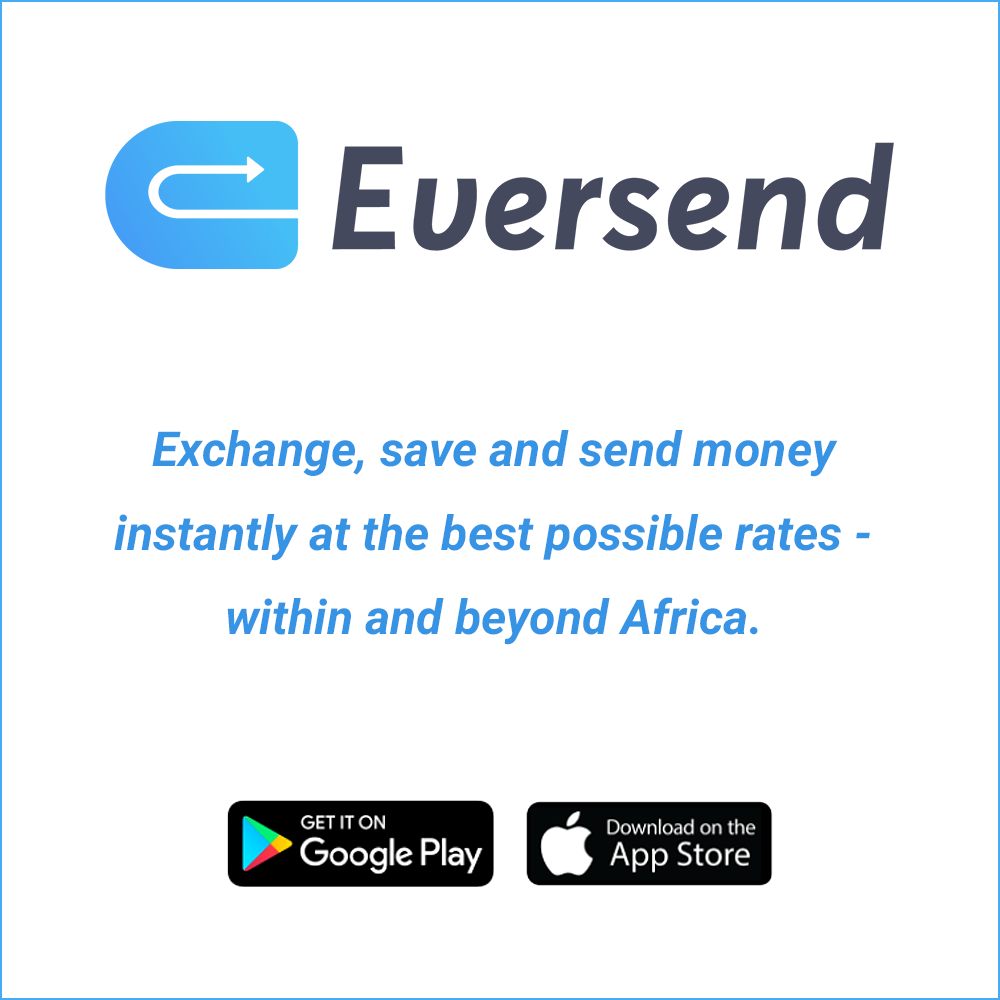(For those who prefer to watch instead of read, I created a video version of this. Watch it here.)
Somewhere between 2004 and 2006, I obsessed night and day over a product I was building called “Pathfinder”.
Pathfinder was this insanely ambitious plan to digitize and map Uganda, primarily for tourism and business purposes. The big, hairy audacious goal was to put GPS trackers on boda-bodas and set them loose for weeks, collect the data and plug it into this gorgeous mapping system I had built.
It was as ambitious as it was ridiculous, and I was building it in Macromedia Flash (the original before Adobe bought it), and I was a Flash and design guru so of course, it was really, really pretty.
Because I was — and still am, to an extent — a perfectionist, the thing I was obsessing the most over was how cool and gorgeous and interactive and visually appealing it needed to be. I was haunted by the little details, like making sure all the pixels were aligned well, the animations were breath-taking and making sure the zoom functionality worked flawlessly with pixel-perfect precision. At some point, the code became a little too much for me to handle on my own so I tried recruiting people to help build it. But I didn’t have the money to pay them, so I continued tinkering away.
Because of my design background, I knew the packaging was going to be the best ever and the product launch would be phenomenal. The product itself was going to be my magnum opus. It would be this gorgeous, interactive CD that would have 360-degree tours, powered by Quicktime Virtual Reality.

Pathfinder User Interface Macromedia Flash
Just imagine standing in the city square and rotating the view to look around you, then clicking a building and jumping to the next location. Or standing in the middle of a game-park and exploring everything around you, with little pop-up icons of data for animal information, tourist spots, etc.I kept a detailed log of everything, and I’m sure both the notebook and project file CDs are still accessible somewhere in my storage boxes.
Anyway, eventually, the demo was ready and I started trying to get people to invest in the idea. Because I thought the idea was very cool, I assumed everyone would be interested in investing and making all of the money. All of the tourism and advertising dollars I was dreaming of.
I went to pitch after pitch and got turned down meeting after meeting. This was back when there were no VCs in Uganda and the only investment dollars you could find were from local businessmen whose idea of a good investment is a building they can touch. Eventually, I gave up and shelved the project. A year or so later, Google came into Uganda, launched Google Maps locally and the rest is history. They’ve basically mapped all the way to Mama Gundi’s joint with the nice katogo.
To this day, I keep wondering if I could have sold the GPS data to Google, and for how much, if only I had started with whatever means I had. Granted, it was technically impossible for me to do anything because of the sheer financial and logistical challenge it would have required to roll out. Also, I was running Elemental Edge and payroll was a proper trick, so there wasn’t much time to goof around. But, as I reflect on these moments in my business history, a few lessons come to mind.
The 7 Lessons.
1. It is so much easier to start now that it was back then. Servers are cheaper, code is simpler, computers are more affordable and the internet is so ridiculously fast — and cheap — compared to back then.
If there’s an idea that’s keeping you awake at night, chances are, you can start working on it today, right now without even quitting your day job.
2. Move fast, break things, learn and keep improving. My obsession with visual perfection cost me. I am still a perfectionist, but I now like to practice what I call chaotic perfectionism.
Essentially, you have the perfection-destination in mind, but you give yourself permission to build features, then come back and clean up the visuals. That way, the roll-out, testing and user feedback is faster and more useful. And you know what that leads to? Excellence, and continuous improvement, which are far more achievable targets than perfectionism.
3. Your first product/version/project is going to suck like you wouldn’t believe. It will embarrass you, it will break at the worst possible time and you’ll want to die. But that’s okay. Keep moving, keep improving. You can only get better.
4. Give yourself permission to fail. Nothing prevents us from getting started like the fear of failure.
That ice-cold feeling of dread you get when you think of what could go wrong? That is holding you back more than you realize. Trust me, everything will go wrong. The world is chaos. Get over it, make peace with it and keep pushing forward.
5. Fund it yourself. Bootstrap as much as you can, but when you get the opportunity for funding, take it quickly (with due diligence, obviously).
6. Ship Ship Ship Ship. Put your product out there, let people diss it, stress it, break it, etc. It’s all feedback. Launch the rocket, watch it burst into flames, get the data, build a better rocket.
7. Above all, keep your dreams alive. They could be more valuable than you think.
Peace!



I have a group of friends who are trying as me, and whenever we share great ideas like these (join red notebook) their excuses is data, but they highly demand for this, can we channel as well apart from learning and mentorship, we have support like markets for our goods and services. So that if it becomes a habit someone can can create a routine apart from attending the red notebook but also his earnings may depend here so that if we blend the knowledge into practice from here becomes fantastic, how do you see? Thank you